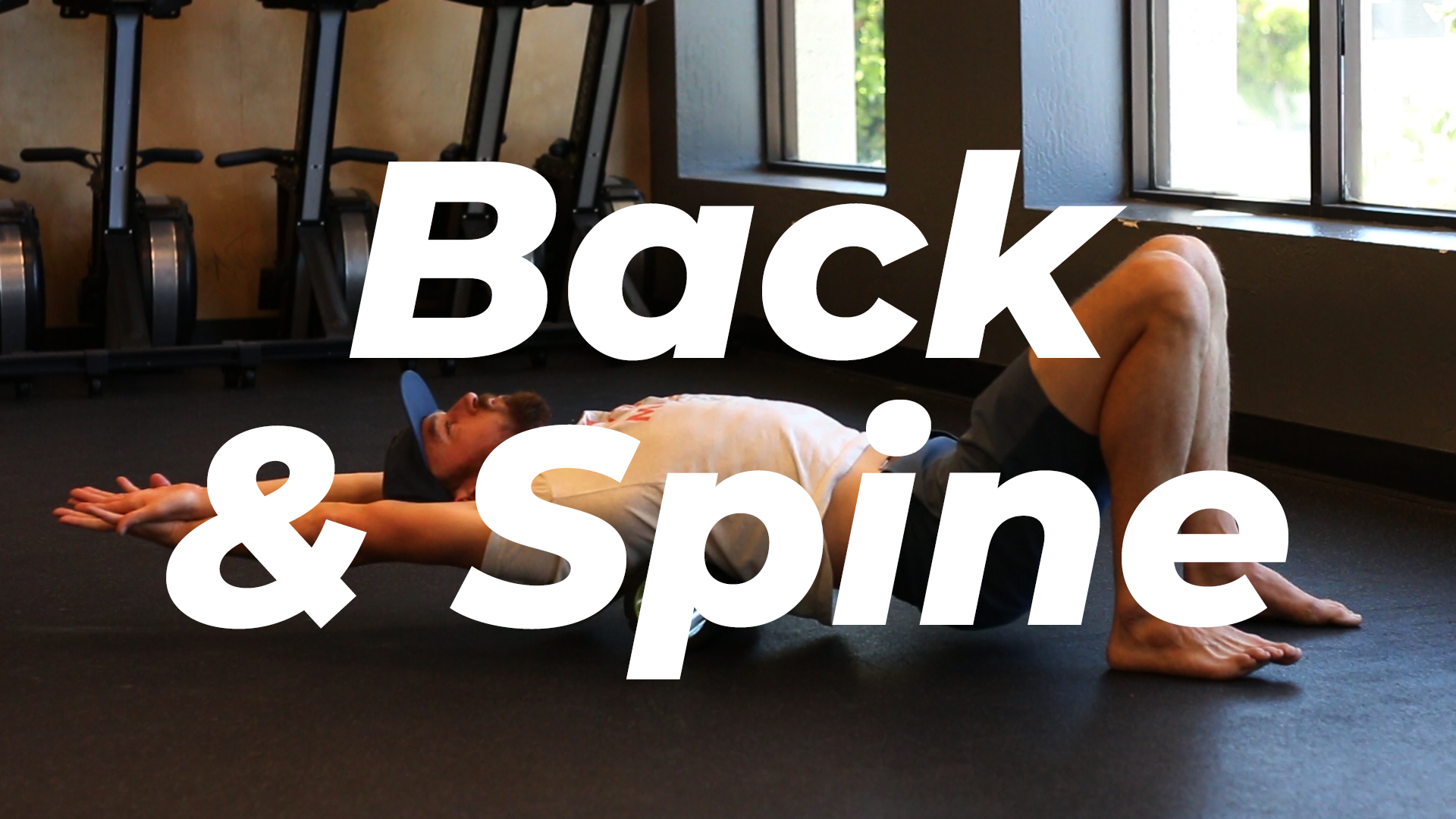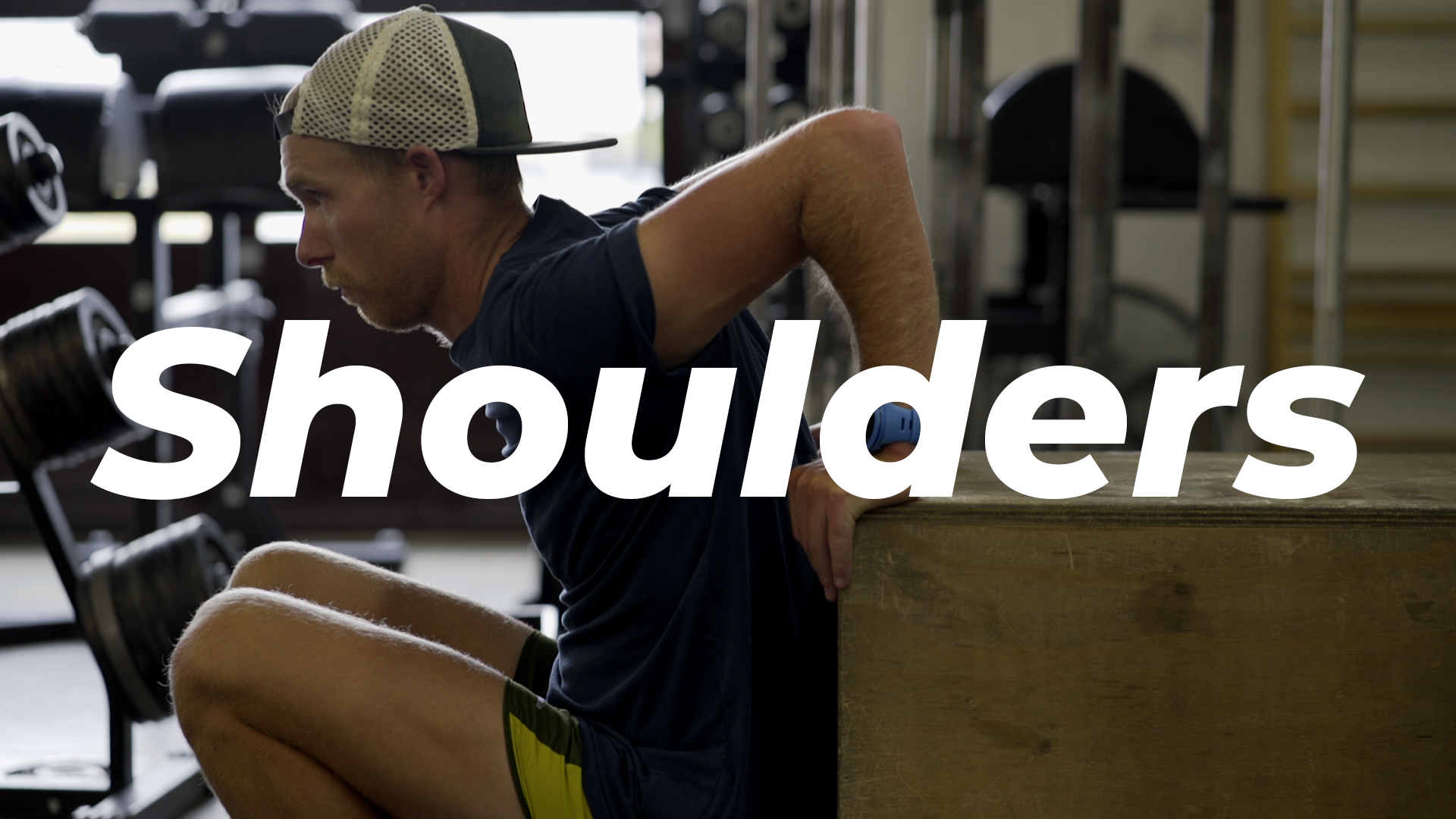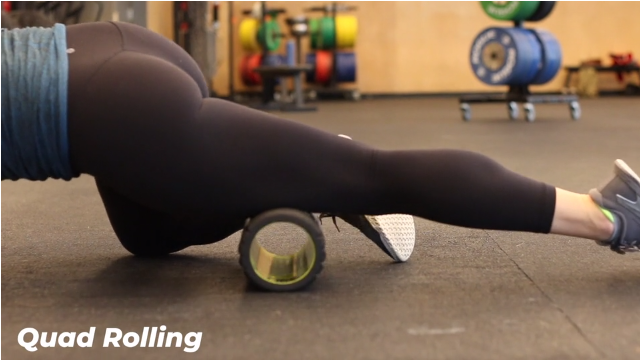Welcome to the Injury Prevention
| Shin Splints
DOWNLOADS
Specific Injury :
Shin Splints
Specific Injury Treatment:
Shin Splints
Pain in the front part of the shin is typically referred to as shin splints. In general, the pain is from microscopic tears in the either of the anterior (front) or posterior (back) tibialis muscles as well as an inflammation of the shin bone itself. However, there are many shades to the type and location of the pain that gives us a clearer picture of its cause. In some cases, shin pain can indicate more serious conditions that require proper medical attention. Let’s address the serious ones first.
IMPORTANT INFORMATION: The pain from shin splints typically ranges along the entire length of the shin. That is, there’s no specific point that more painful than another. However, if the pain is limited to a specific point, this might mean you have a stress fracture and not a shin splint. Additionally, if your pain is in the anterior tibialis and is accompanied by nerve tingling in your lower leg and foot, this could indicate a condition know as Compartment Syndrome. If you’re experiencing either of these sets of symptoms, see your doctor to get a proper diagnosis.
If you’re not calling your doctor, then you likely only have common shin splints. They’re typically caused by the “two toos” – too much, too soon. Often it’s too much volume over too short a period of time. Sometimes it’s a rapid change of volume on different surfaces – concrete versus a track. It can even be exacerbated by running on a road with too much camber. Overpronation is often indicated in pain in the posterior tibialis while tight calves are often indicated in shin splints in the anterior tibialis.
As we work through bodywork related to shin splints, bear the following in mind – don’t run until walking is pain-free. Finally, if the shin splints last longer than about three weeks, it’s probably time to go see a physical therapist for a more advanced diagnosis.
Exercises
- Shin Smash
Prescription: 2-3 min per side. After workout. Avoid doing this if your shins are really flared up.
Explanation:
Shins splints are not fun. Stay one step ahead with this surprising way to use a roller and beat shin splints before it beats you!
- Banded Toe Extension
Prescription: 20-30 extensions per foot. Before or after workout.
Explanation:
This is a big one if you struggle with stiff toes (which you may be surprised to find you have!). The band will encourage your joints to track into position and will allow for better function in extension. Can be done without the band as well!
- Calf Smash
Prescription: 2-3 minutes. After run/workout or during dedicated mobility session.
Explanation:
This exercise comes as no surprise. Keeping the tissues in your calf happy is very important for their function.
Disclaimer
While we’ve worked with numerous licensed physical therapists to create content, we are not doctors, nor do we claim to be doctors. These exercises are ones we’ve used on ourselves and our clients throughout the years and have selected our favorite, most effective tools to get the job done! If you’re concerned with any exercises, please reach out to your local physical therapist for further guidance!














